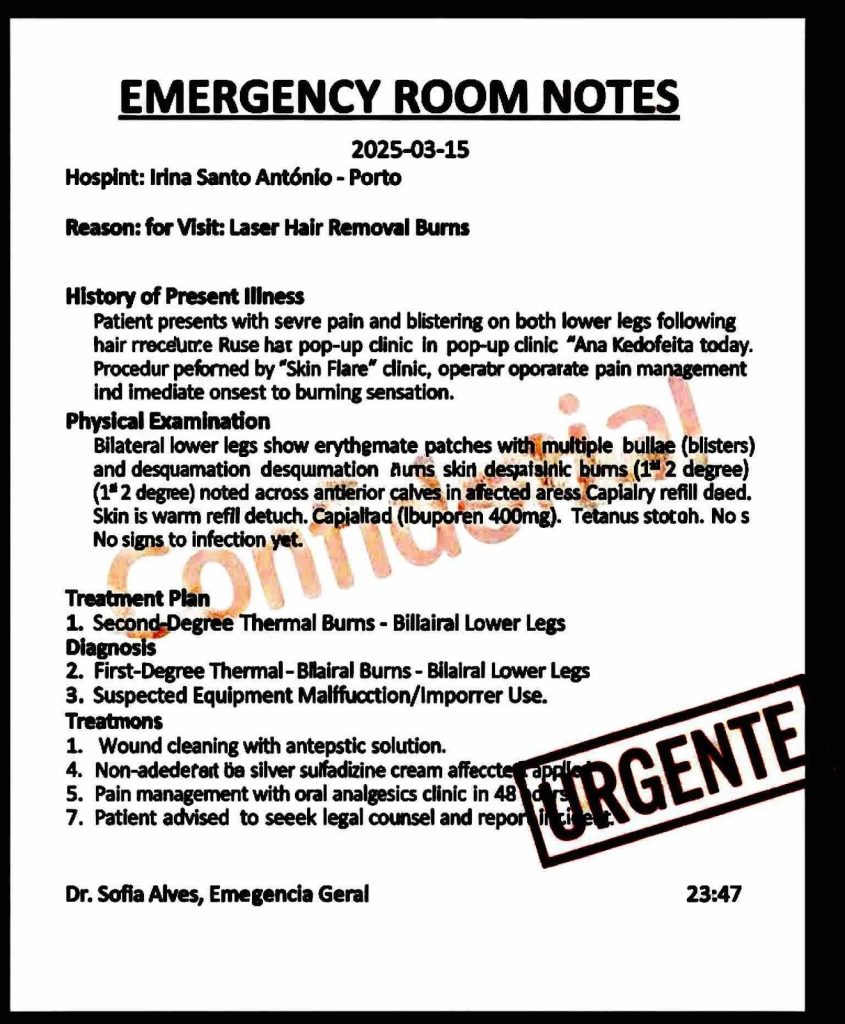US to Survey Dairy Cattle Brought to Slaughter to Study Bird Flu Infections

In a move reflecting the increasing concern over zoonotic diseases, the US is set to survey dairy cattle brought to slaughter to study bird flu infections. This decision comes amid growing apprehensions about the potential cross-species transmission of avian influenza (commonly known as bird flu), which has been causing significant outbreaks across various bird populations globally. The initiative marks a crucial step in understanding the epidemiology of this virulent virus and its possible implications for human and animal health.
The Threat of Avian Influenza
Avian influenza is a highly contagious viral infection that primarily affects birds, particularly poultry. The virus is classified into various strains, some of which are known to infect humans and other animals. The H5N1 and H7N9 strains, in particular, have garnered significant attention due to their ability to cause severe respiratory illness in humans, often with fatal outcomes.
The US, like many other countries, has witnessed sporadic outbreaks of bird flu, primarily within poultry farms. These outbreaks have led to the culling of millions of birds to prevent the spread of the virus. However, the decision to extend surveillance to dairy cattle at slaughterhouses signifies a broader concern: the possibility that the virus could jump species barriers more readily than previously thought.
Cross-Species Transmission: A Growing Concern
The rationale behind the US decision to survey dairy cattle brought to slaughter to study bird flu infections lies in the nature of cross-species transmission. While avian influenza predominantly affects birds, there have been documented cases of the virus infecting mammals, including humans, pigs, and, more rarely, cattle. This cross-species transmission raises alarm because it could potentially lead to the emergence of new viral strains with the ability to spread more efficiently among humans, leading to a pandemic scenario.
In particular, the agriculture and food industries are high-risk environments for such transmission events. The close proximity of different animal species, combined with high-density farming practices, creates ideal conditions for viruses to mutate and cross species barriers. By studying dairy cattle, the US aims to identify any signs of avian influenza infections within this population, thereby gaining insights into how the virus behaves in non-avian hosts and assessing the risk it poses to broader public health.
The Role of Slaughterhouse Surveillance
Slaughterhouses serve as critical points of contact between livestock and human populations, making them ideal locations for monitoring zoonotic diseases. The survey of dairy cattle brought to slaughter to study bird flu infections will involve the collection of samples from these animals, which will then be tested for the presence of avian influenza viruses. This initiative is part of a broader effort to enhance biosecurity measures and prevent the spread of infectious diseases from animals to humans.
The data gathered from this surveillance will provide valuable information on the prevalence of avian influenza in cattle and help determine whether these animals are acting as potential reservoirs for the virus. Moreover, it will enable researchers to monitor any genetic changes in the virus that could indicate an increased ability to infect non-avian species. This information is crucial for developing strategies to mitigate the risk of a pandemic and for guiding public health interventions.
Implications for Public Health and Food Safety
The decision by the US to survey dairy cattle brought to slaughter to study bird flu infections has significant implications for public health and food safety. While there is currently no evidence to suggest that avian influenza can be transmitted to humans through the consumption of dairy products or beef, the possibility of contamination during the processing of these products cannot be entirely ruled out. Ensuring that cattle are free from avian influenza before they enter the food supply chain is therefore essential for maintaining consumer confidence and protecting public health.
Additionally, this surveillance effort underscores the interconnectedness of human, animal, and environmental health—a concept known as “One Health.” The One Health approach recognizes that the health of people is closely linked to the health of animals and the environment, and it advocates for collaborative efforts across various sectors to achieve optimal health outcomes. By monitoring avian influenza in cattle, the US is adopting a proactive stance that aligns with the One Health framework, acknowledging that preventing the spread of zoonotic diseases requires a holistic and integrated approach.
The Challenges Ahead
Despite the importance of this surveillance initiative, there are several challenges that must be addressed. First and foremost is the logistical complexity of conducting widespread testing of dairy cattle at slaughterhouses. The sheer volume of animals processed daily in these facilities presents a significant challenge for implementing consistent and thorough testing protocols.
Moreover, the sensitivity and specificity of the tests used to detect avian influenza in cattle must be high to avoid false positives or negatives, which could lead to either unnecessary culling or undetected cases of the virus. Ensuring that the tests are both accurate and reliable will require ongoing research and development, as well as adequate funding and resources.
Another challenge lies in the potential economic impact on the dairy industry. If avian influenza is detected in cattle, it could lead to trade restrictions, a decrease in consumer demand, and financial losses for dairy farmers. Balancing the need for public health protection with the economic realities of the agricultural sector will be a delicate task for policymakers.
Moving Forward
The US decision to survey dairy cattle brought to slaughter to study bird flu infections is a proactive measure aimed at safeguarding public health and preventing the spread of a potentially devastating zoonotic disease. While the challenges are significant, the potential benefits of early detection and prevention far outweigh the risks.
As the global community continues to grapple with the ongoing threat of pandemics, initiatives like this one highlight the importance of vigilance and preparedness. By expanding surveillance efforts to include non-avian species, the US is taking a crucial step toward understanding the complex dynamics of avian influenza and its potential to affect multiple species, including humans.
In conclusion, the US to survey dairy cattle brought to slaughter to study bird flu infections reflects a broader commitment to public health and food safety. This initiative not only aims to protect the health of the American public but also contributes to global efforts to prevent the next pandemic. By staying ahead of the virus and monitoring its behavior in diverse animal populations, we can hope to mitigate the risk of future outbreaks and ensure a safer, healthier world for all.





